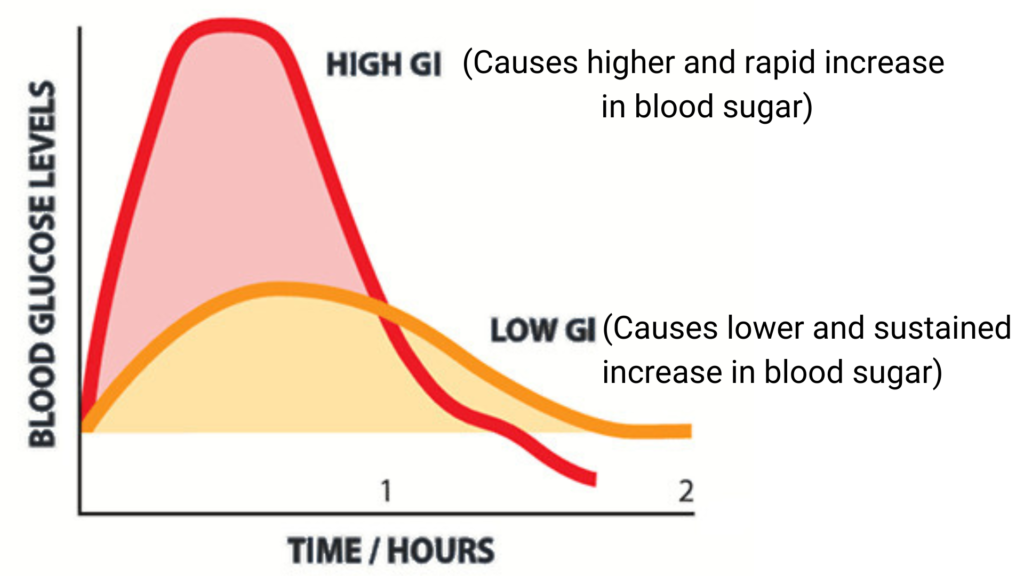Discover comprehensive information for all aspects of sexual health and find resources and guidance to empower your sexual well-being.
Erectile dysfunction (ED) is a common condition affecting men, often characterized by the inability to…
Discover comprehensive information for all aspects of sexual health and find resources and guidance to empower your sexual well-being.
Erectile dysfunction (ED) is a common condition affecting men, often characterized by the inability to…
Sleep-related painful erection (SRPE) is a rare condition where people get painful erections while they’re…
The underlying cause as well as the severity of pain determine the varied treatment approaches…
Achieving and maintaining a strong penile erection is a common concern for many men. It…
Erectile dysfunction (ED) is a condition that affects many men worldwide, leading to significant stress,…
Erectile dysfunction (ED) means having trouble getting or keeping an erection that’s good enough for…
Commitment issues can often manifest in romantic relationships, work, and other personal or professional spheres.…
The glycemic index (GI)is a scientific approach to assess how the carbohydrates in foods affect blood glucose, or blood sugar, levels. It takes the understanding of how much a particular food raises blood sugar to a deeper level, building upon the well-known fact that all carbohydrates raise blood sugar.
The glycemic index assesses foods on a scale of 0 to 100, determining their ability to raise blood sugar levels rapidly. Foods with a higher number cause a more rapid increase in blood sugar, while foods with a lower number have a less pronounced effect on blood sugar levels.
Table of Contents
Toggle
To determine the glycemic index of a food, a specific weight of the test food (usually 50 grams, which is about 4 tablespoons of sugar) is fed to at least ten healthy volunteers. The volunteers’ blood sugar levels are measured prior to eating and at 15 to 30-minute intervals for two hours, resulting in a blood sugar response curve.
The food’s blood sugar response is then compared to that of a control food, typically glucose or table sugar, which is assigned a value of 100. The individual responses of each test subject are averaged to calculate the glycemic index number for the food.
Related: Glycemic Index and Glycemic Load: Meaning and Benefits
The categorization of foods into low, medium, or high glycemic foods occurs, and they are ranked on a scale of 0–100.
Here are the three categories:
Low= GI of 55 or less
Medium = GI 56 to 69
High = GI of 70 or more
High glycemic index (GI) foods are those that contain easily digestible and metabolizable carbohydrates. Whereas, low GI foods contain slowly digestible carbohydrates that result in a reduced glucose response after a meal.
Related: Myths about Glycemic Index
| Low-GI Foods (55 or Less) | |
|---|---|
| Foods | GI |
| Apple | 36 |
| Apple juice | 41 |
| Banana | 51 |
| Barley | 28 |
| Carrots, boiled | 39 |
| Chapatti | 52 |
| Chickpeas | 28 |
| Chocolate | 40 |
| Dates | 42 |
| Ice cream | 51 |
| Kidney beans | 24 |
| Lentils | 32 |
| Mango | 51 |
| Orange | 43 |
| Orange juice | 50 |
| Peaches, canned | 43 |
| Plantain | 55 |
| Rice noodles | 53 |
| Rolled oats | 55 |
| Skim milk | 37 |
| Soya beans | 16 |
| Soy milk | 34 |
| Spaghetti, white | 49 |
| Spaghetti, whole grain | 48 |
| Specialty grain bread | 53 |
| Strawberry jam | 49 |
| Sweet corn | 52 |
| Taro, boiled | 53 |
| Udon noodles | 55 |
| Vegetable soup | 48 |
| Whole milk | 39 |
| Yogurt, fruit | 41 |
| Medium-GI Foods (56 to 69) | |
|---|---|
| Foods | GI |
| Brown rice, boiled | 68 |
| Couscous | 65 |
| French fries | 63 |
| Millet porridge | 67 |
| Muesli | 57 |
| Pineapple | 59 |
| Popcorn | 65 |
| Potato chips | 56 |
| Pumpkin, boiled | 64 |
| Soda, non-diet | 59 |
| Sweet potato, boiled | 63 |
| Wheat flake biscuits cereal | 69 |
| Wheat roti | 62 |
| High-GI Foods (70 to 100) | |
|---|---|
| Foods | GI |
| Cornflakes | 81 |
| Instant oatmeal | 79 |
| Potato, boiled | 78 |
| Potatoes, instant mashed | 87 |
| Rice milk | 86 |
| Rice porridge | 78 |
| Rice crackers | 87 |
| Unleavened wheat bread | 70 |
| Watermelon | 76 |
| White rice, boiled | 73 |
| White bread (wheat) | 75 |
| Whole wheat bread | 74 |
GI values of foods can be found on the University of Sydney’s GI website
References
Dr. Nishtha, a medical doctor holding both an MBBS and an MD in Biochemistry, possesses a profound passion for nutrition and wellness. Her personal journey, marked by significant struggles with physical and mental health, has endowed her with a unique empathy and insight into the challenges countless individuals face. Driven by her own experiences, she leverages her background to offer practical, evidence-backed guidance, empowering others on their paths to achieving holistic well-being. Dr. Nishtha truly believes in the interconnectedness of the mind and body. She emphasizes the significance of understanding this connection as a crucial stride toward attaining balance and happiness in life.

